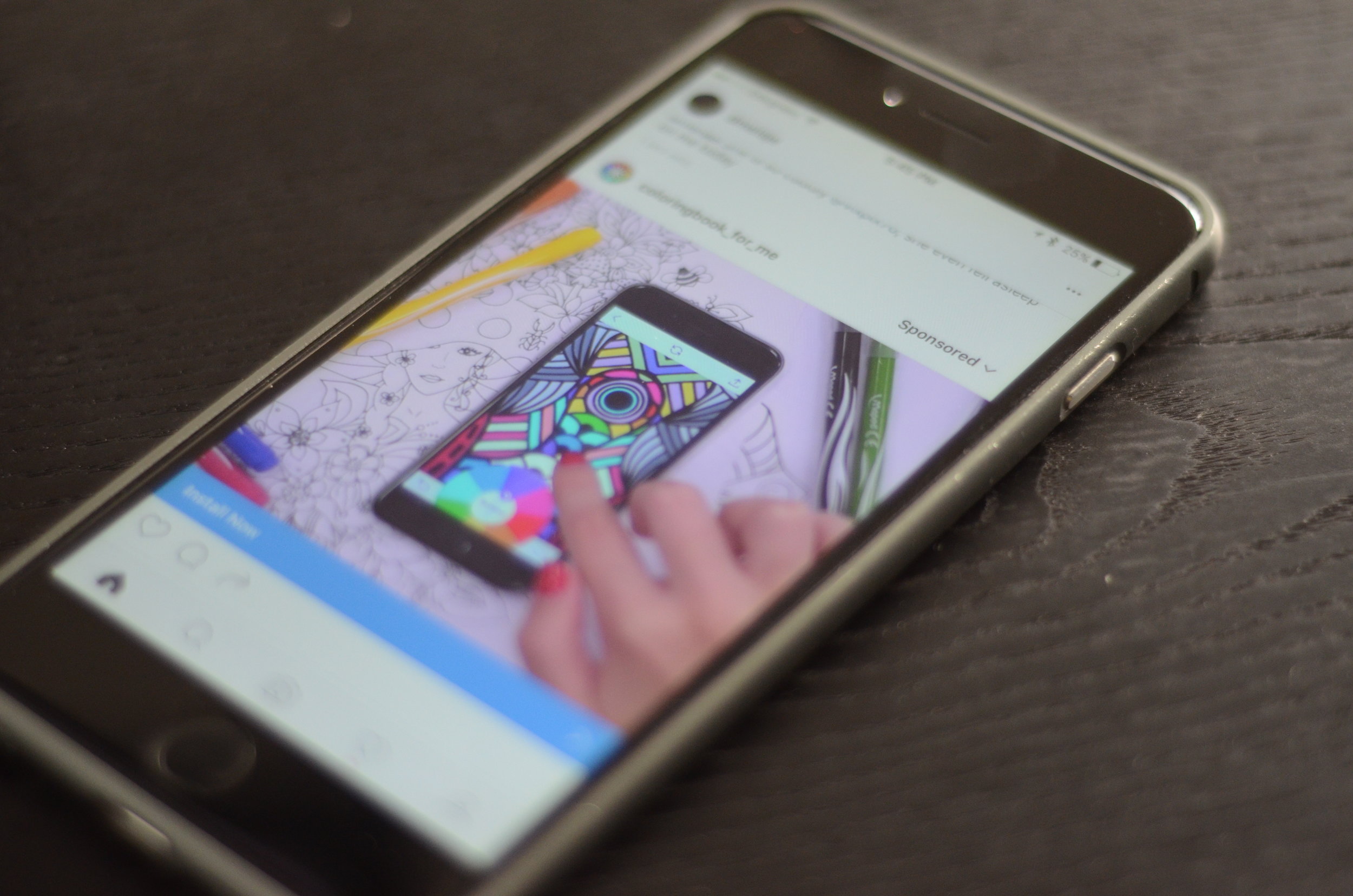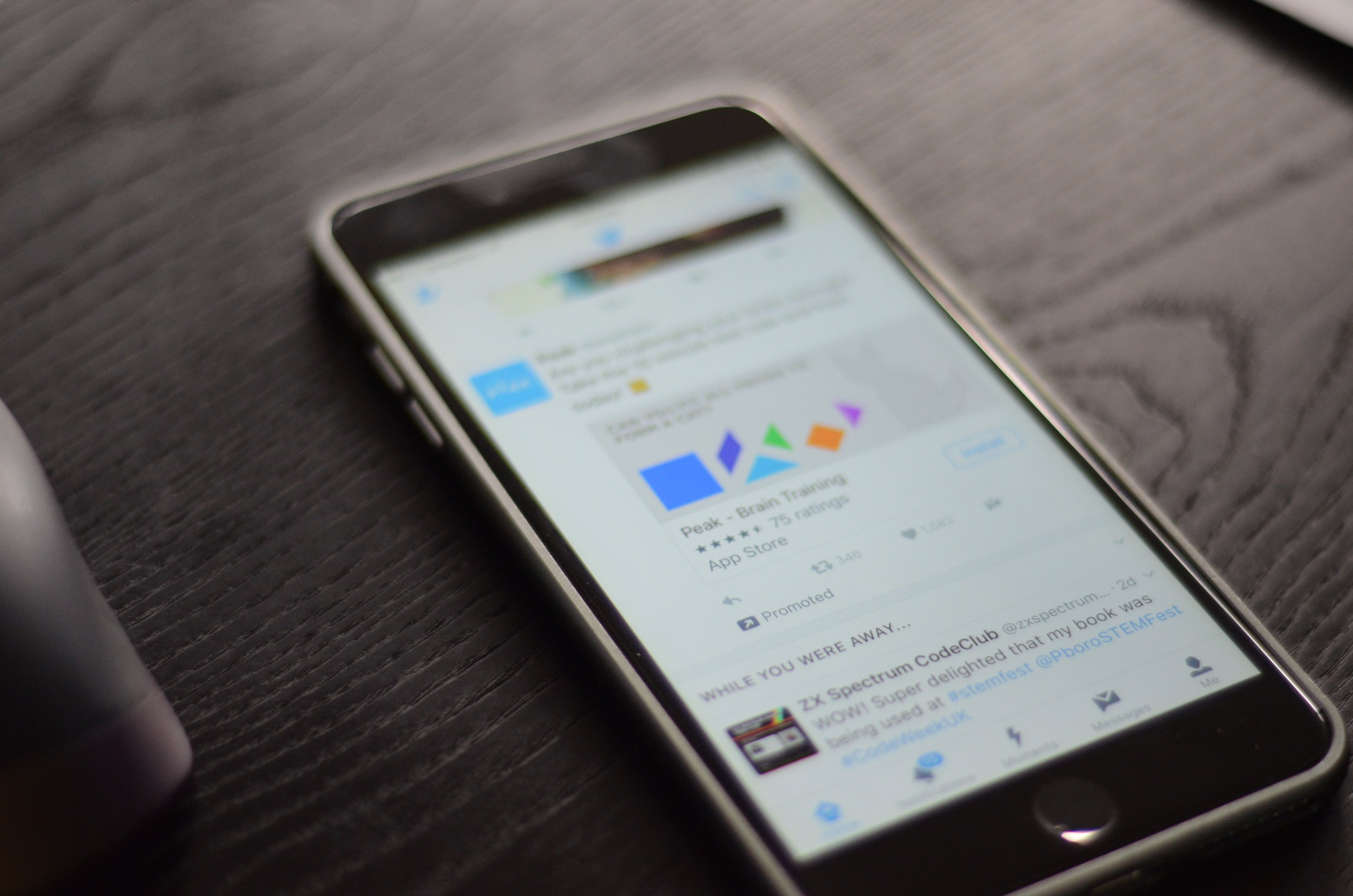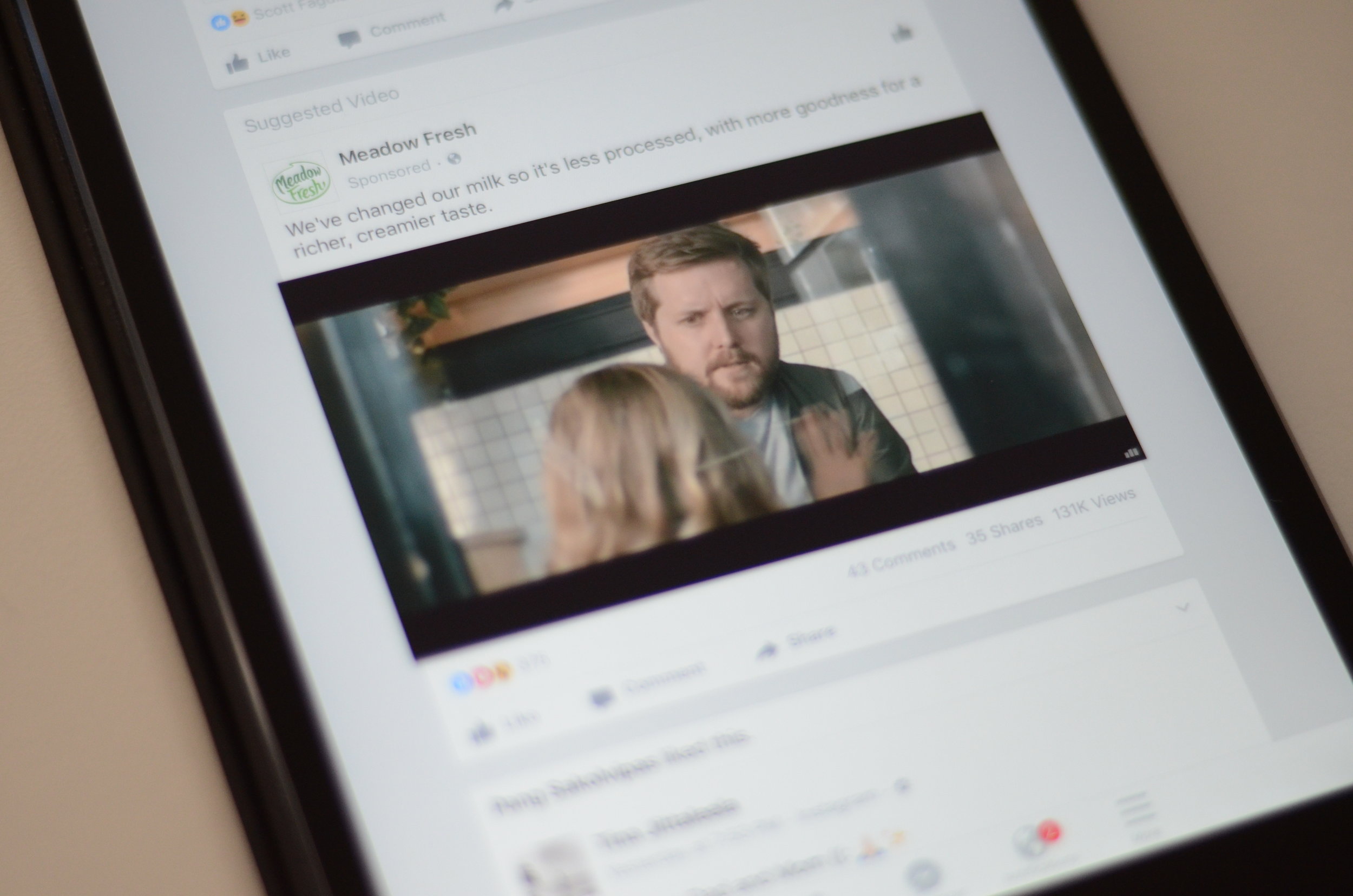Last month, the retail industry descended on New York City for the National Retail Federation’s annual conference. A record-breaking 35,000 retail professionals from all over the globe attended NRF 2018 to learn about the latest retail technology trends and network with their peers.
Disruptor or disrupted? Accelerate your business innovation
Unified commerce vs omnichannel: what’s the difference and what does it mean for your business?
Cue launches 3-hour online and store-to-door delivery with Infinity
Christmas 2017 - is it all online this year?
As we move at an alarming pace towards the busiest of retail seasons, we’re led to believe that this Christmas everyone will be doing all of their shopping online and offshore. The arrival of Amazon down under also casts a shadow over retailers’ Christmas cheer, but will it really dampen shoppers’ ‘shop local’ spirit?
From omnichannel to unified commerce: a platform for lasting customer relationships
PWC Total Retail 2017
Exploring Omnichannel
PWC Total Retail 2016
The what, who and why of social commerce
After reading recently that Twitter is ditching its buy button, and the launch of Facebook Marketplace in NZ I thought I’d share my thoughts about what is happening in this new and evolving space.
What is Social Commerce?
In its broadest sense, social commerce is about harnessing social media, content and user interactions to facilitate the buying and selling of products and services via retailer’s ecommerce site. It’s important to recognise “omni channel” extends to social media and be diligent about being consistent with your brand in this channel. Integrating your website with key social media platforms, as with the Infinity webstore, is clearly a fundamental.
Next generation social commerce is about taking social commerce one step further and enabling consumers to compete the transaction inside the social media platform.
According to a study by WEB in 2014 Social Commerce accounted for just 0.1% of retail sales so while size of channel is small there is significant potential for growth.
Who's doing it?
It would seem that Facebook, Pinterest, Instagram and until recently Twitter are leading developments in this space.
With Facebook, retailers can create ‘Shop Now’ stores which enable them to sell and manage orders from that page. Pinterest released Buyable pins last year and Instagram has launched a dedicated Instagram shop where followers can purchase products seen in Instagram posts.
Is it relevant?
It goes without saying that Social Media platforms have significant reach and engagement and are a fundamental part of the buying journey, so it would make sense that the next logical step would be for consumers to purchase via social networks directly and for their likes and shares to become buys. Well yes and no.
A recent study (Wikipedia) suggests only 2% of Facebooks 1.5 BILLION users have ever made a purchase through the social network and Twitter buy button obviously didn’t gain much traction.
The three top rated social media platforms rated for commerce by users - would they buy while online?
It would seem (Research recently undertaken by Marketing Week), that consumers are at this point of time are not that keen on buying directly through social media platforms. When asked “if it was possible, would you like to purchase directly from Social Media sites, the highest ranked was Facebook with only 19% of respondents saying yes, next was Twitter (10%), Instagram (9%), Pininterest (7%) and Snapchat (5%).
Conclusion
My conclusion is that while consumers love to research, share, like and engage with brands via social media, at this point there is lack of purchase intent and that they are there for other reasons than shopping. However, in saying that social media usage and uptake has been significant (especially amongst millennials) so it would seem it will only be a matter of time until we are want to buy directly via social platforms. Watch this space.






















